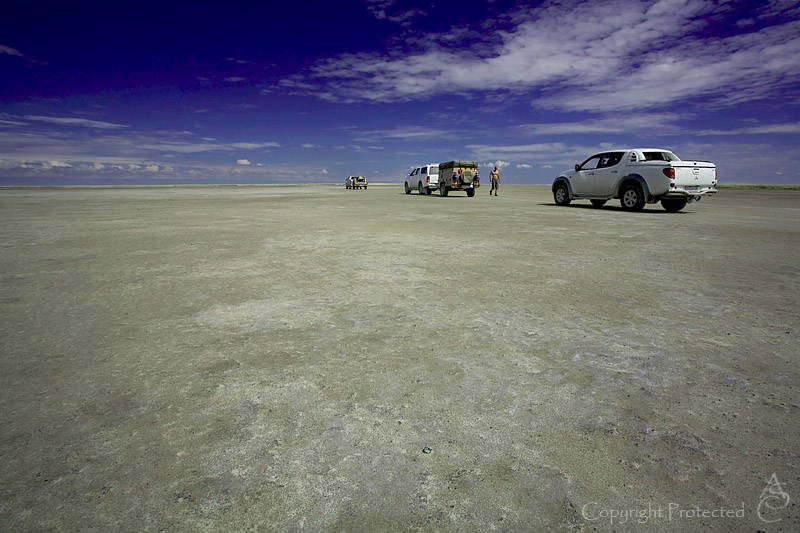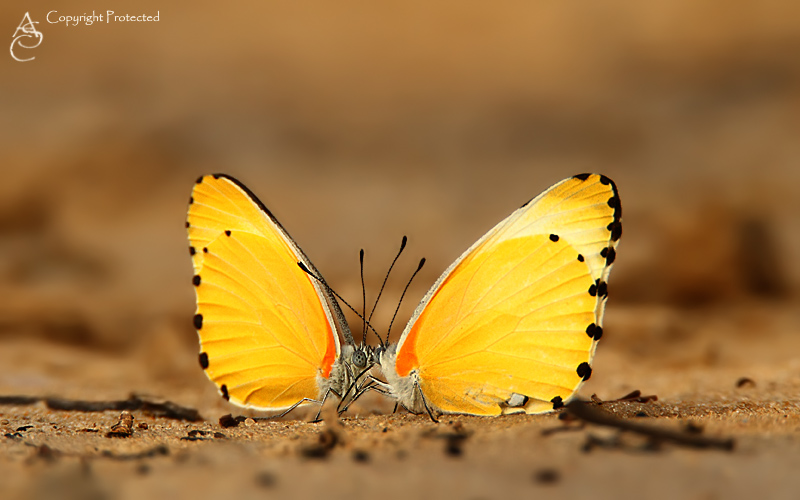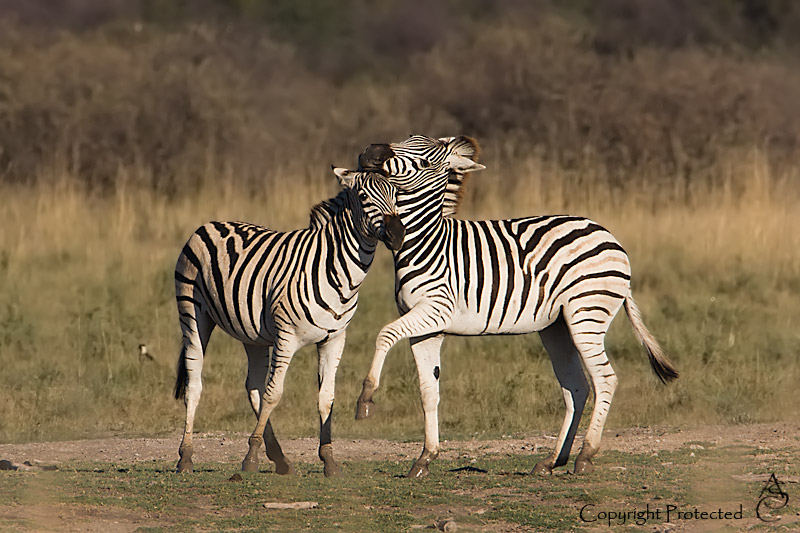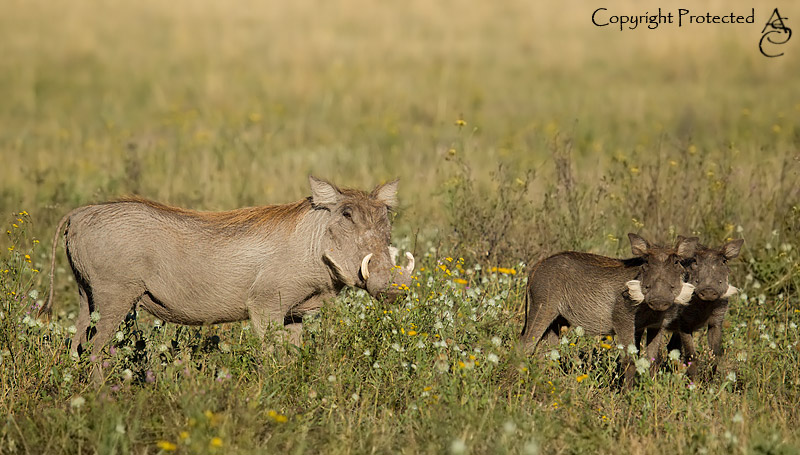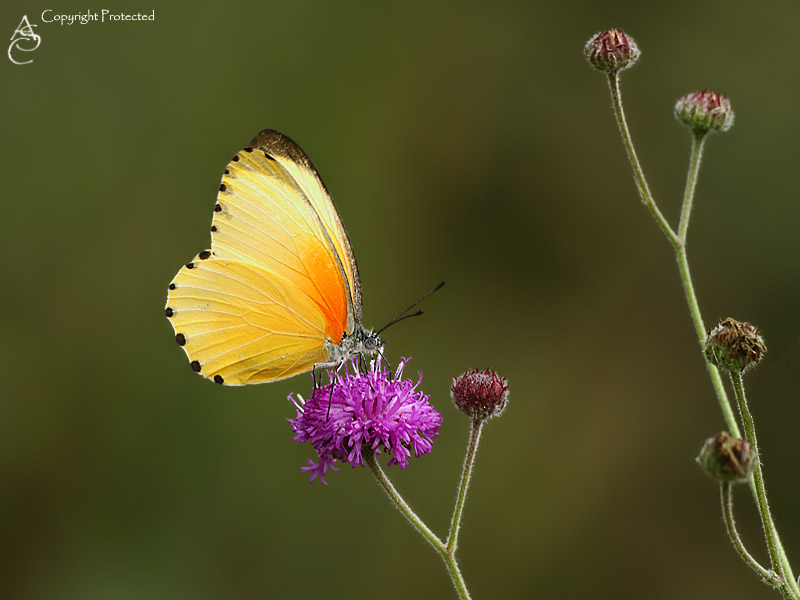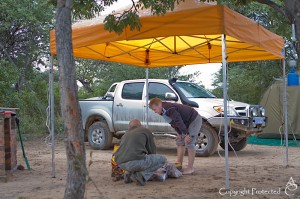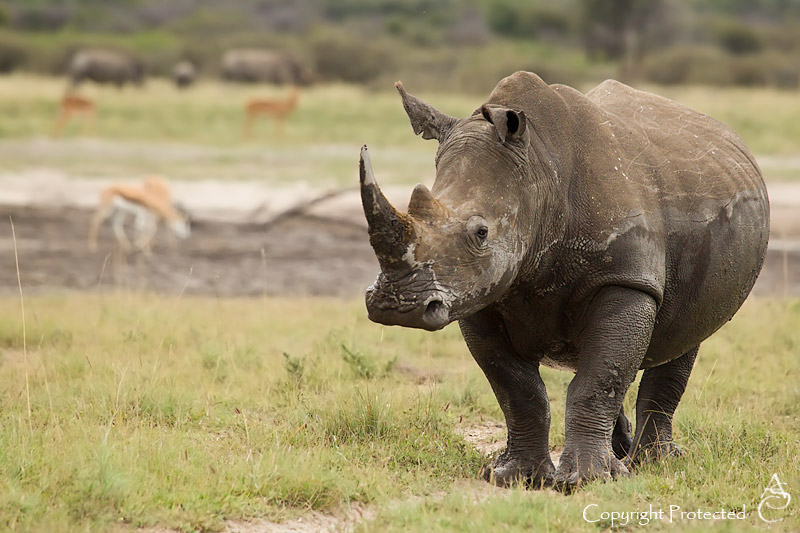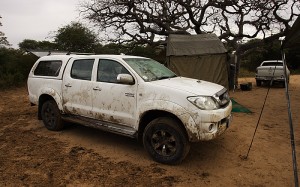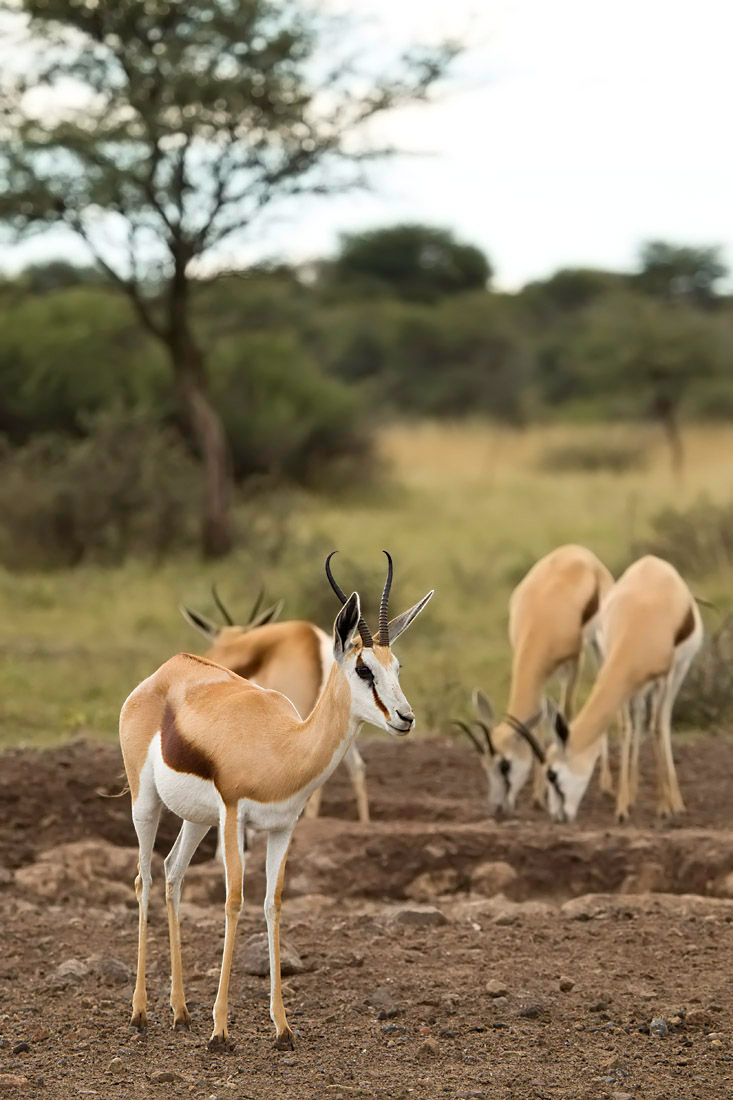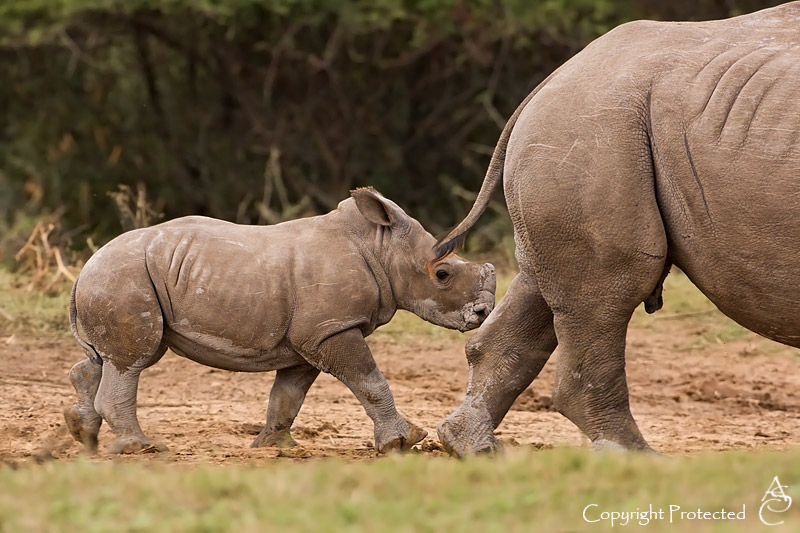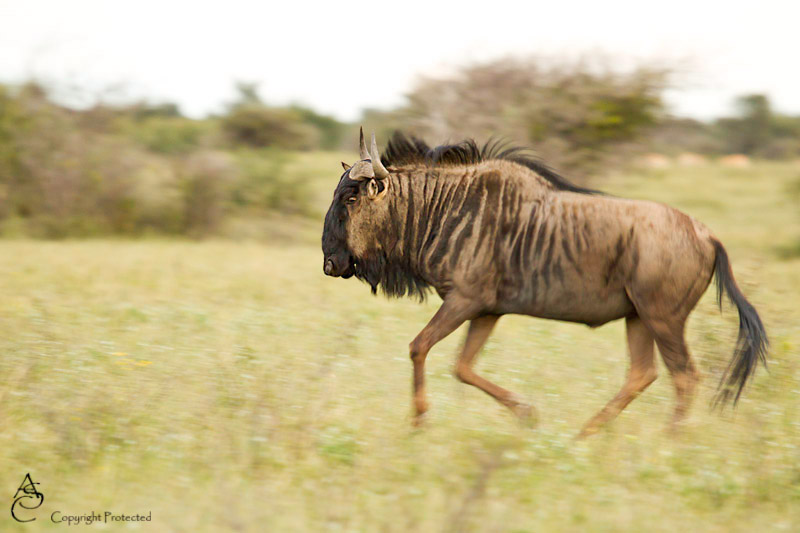We went to Botswana 22 – 27 April, 2011. We planned to camp on Kubu Island for two nights and at Khama Rhino Sanctuary for the other three nights. Our memmories from this trip will always involve a mightmarish border crossing, lots of sticky, salty mud, lots of peace and quiet, and good company.
These five posts contain some of our more memorable photos from the trip. View the full gallery from this trip here.
Day 1 – From Swartwater, not quite to Kubu Island
Day 2 – To Kubu Island
Day 3 – Kubu Island to Khama Rhino Sanctuary
Day 4 – Khama Rhino Sanctuary
Day 5 – Khama Rhino Sanctuary

